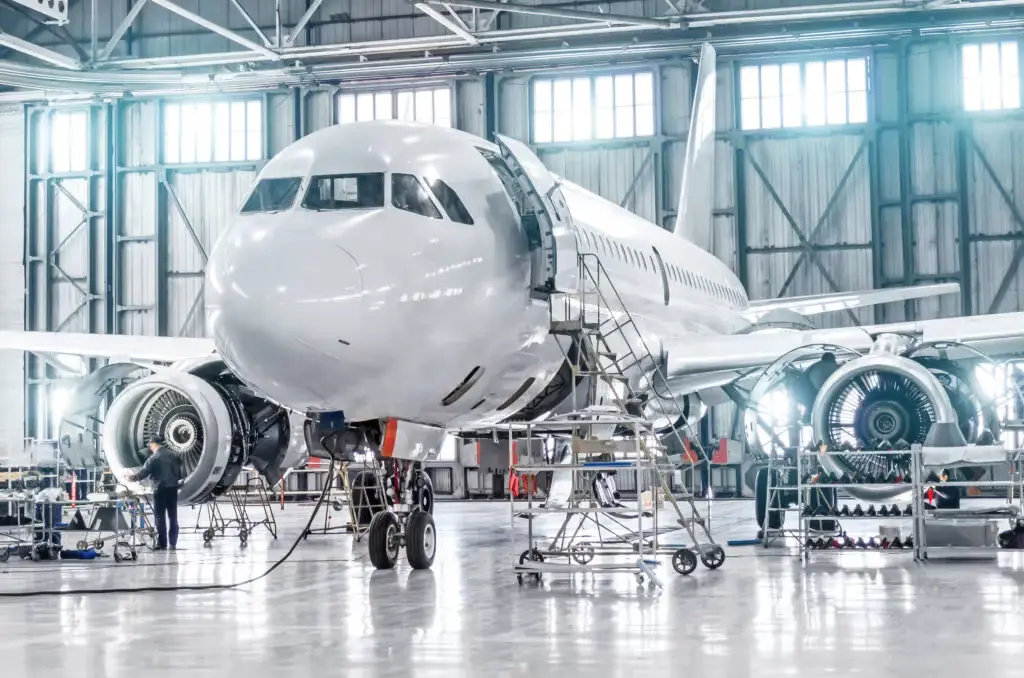The aerospace industry presents unique challenges and opportunities for welding processes due to stringent requirements for structural integrity, reliability, and weight reduction. This article explores the specific challenges faced in welding for aerospace applications and the innovative opportunities emerging in this critical industry sector.
Challenges in Aerospace Welding
- Material Selection and Compatibility: Aerospace components often require welding of advanced materials such as aluminum alloys, titanium alloys, and high-strength steels. These materials have different melting points, thermal properties, and susceptibility to heat-affected zone (HAZ) issues, making welding challenging.
- Precision and Quality Standards: Welds in aerospace applications must meet exceptionally high standards for quality, with stringent requirements for defect-free joints, minimal distortion, and precise dimensional tolerances. Any imperfections can compromise structural integrity and safety.
- Complex Geometries: Aerospace components often have complex shapes and geometries, requiring advanced welding techniques such as robotic welding or automated systems to ensure consistent weld quality across intricate structures.
- Environmental Factors: Welding in the aerospace sector may involve working in controlled environments such as clean rooms or vacuum chambers to prevent contamination and ensure material purity, especially for components destined for space missions.
Technological Advances and Opportunities
- Advanced Welding Techniques: Innovations in welding technologies, such as friction stir welding (FSW), laser beam welding (LBW), and electron beam welding (EBW), offer precise control over heat input, minimizing HAZ and producing high-strength welds suitable for aerospace applications.
- Automation and Robotics: Automation in welding processes improves repeatability, reduces human error, and enhances productivity. Robotic welding systems are used extensively in aerospace manufacturing to achieve consistent weld quality and meet tight production schedules.
- Non-Destructive Testing (NDT): Advances in NDT methods such as ultrasonic testing (UT), radiographic testing (RT), and eddy current testing (ECT) ensure thorough inspection of welds without compromising material integrity, crucial for detecting hidden defects in critical aerospace components.
- Lightweight Materials and Structures: The aerospace industry is increasingly focused on reducing weight to improve fuel efficiency and performance. Welding technologies play a vital role in joining lightweight materials like composites and aluminum-lithium alloys, contributing to the development of next-generation aircraft and spacecraft.
Collaboration and Innovation
Successful welding in the aerospace industry requires collaboration among engineers, welders, material scientists, and regulatory bodies to address technical challenges and ensure compliance with rigorous standards. Continuous innovation in materials, welding processes, and inspection techniques is essential to meet evolving demands for safer, more efficient, and technologically advanced aerospace vehicles.
Conclusion
Welding in the aerospace industry is pivotal for achieving the stringent performance, reliability, and safety requirements of modern aircraft and spacecraft. While challenges such as material compatibility, precision welding, and complex geometries persist, technological advancements and innovative approaches offer opportunities to overcome these hurdles. By embracing advanced welding techniques, automation, and stringent quality control measures, the aerospace sector continues to push boundaries in manufacturing lightweight, durable, and high-performance aerospace components for future aviation and space exploration endeavors.

